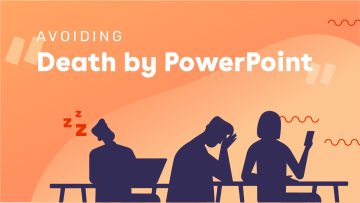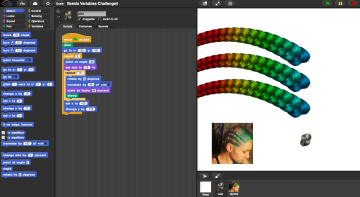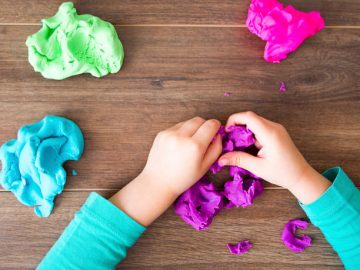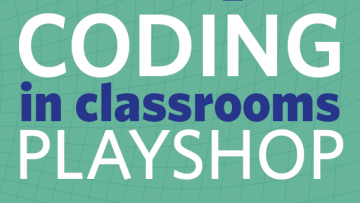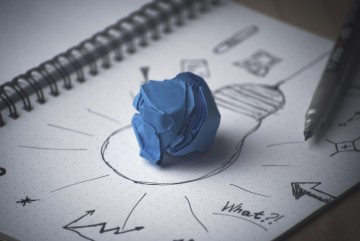Avoid Death by Powerpoint! Take your presentations to the next-level with the power of storytelling using digital resources.
Today’s post is dedicated to playfully shunning one of the most used digital tools for student learning in modern times: PowerPoint! A software that has become essential to teaching. At some point in our classes, we may find ourselves sitting down in a darkened room, looking at a large white screen, waiting for some technical […]
Adding a C to STEM! Culturally Situated Design Tools are restoring the use of heritage algorithms as a path to social justice.
In the evolving fields of Science, Technology, Engineering, and Mathematics (STEM), there is an increasing awareness of the importance of cultural relevance and diversity. This recognition has paved the way to create “Culturally Situated Design Tools (CSDT): Teaching Math and Computing Through Culture,” a project that integrates cultural heritage with technological innovation, thus adding a […]
Playdough for Everyone
Playdough is a tactile educational tool that can be used as a way to incorporate creativity and kinesthetic learning into lessons. It is inexpensive and easy to make using available kitchen ingredients (flour, salt, water & oil). Playdough can be used throughout the curriculum for all ages: it can be an effective form of experiential […]
Coding in Classrooms
Coding is a set of instructions given to a computer to produce different kinds of output. Learning to code involves a variety of competencies that can be introduced or developed in K-12 classrooms across the curriculum.
Design Thinking & ADST
Design Thinking is a series of steps that can help people understand the nature of a problem, then consider and test solutions. These steps are part of a cyclical process: the proposed solution may not solve the problem, and then participants will have to go back to earlier steps and work their way through again. […]

